Lonicera ‘Borealis’ Honeyberry
$23.00
Genus:Lonicera
Species:caerulea
Variety:’Borealis’
Item Form:1-Quart
Zone:2 – 7
Bloom Start to End:Early Spring – Mid Spring
Habit:Mound-shaped
Height:4 ft – 5 ft
Width:4 ft – 5 ft
Additional Characteristics:Berries,Bird Lovers,Butterfly Lovers,Easy Care Plants,Edible,Fast Growing,Fragrance,Free Bloomer
Bloom Color:White
Foliage Color:Medium Green
Light Requirements:Part Shade
Moisture Requirements:Moist, well-drained
Resistance:Cold Hardy,Disease Resistant,Pest Resistant
Soil Tolerance:Normal, loamy
Uses:Border,Containers,Cuisine,Idaho
Honeyberries are just becoming part of the American landscape, and you will want to be among the first to grow this tangy, nutritious fruit. Lonicera ‘Borealis’ Honeyberry is not only an edible, it is a multiseason shrub with blooms and a well-branched, rounded shape. Best of all, it prefers a bit of shade.
The Lonicera ‘Borealis’ Honeyberry fruit may remind you of blueberries, both in color and flavor. Oblong and a dusty dark blue, these berries are quite tart, with an underlay of sugary sweetness. Excellent for canning and jamming as well as fresh eating.
The Lonicera ‘Borealis’ Honeyberries arrive in late spring or early summer, just before the strawberries start coming in. You can extend your season of fresh fruit in the garden with Lonicera ‘Borealis’ Honeyberry. Just grow it near any other honeyberry for best fruit production.
Expect this deciduous shrub to reach about 4 to 5 feet high and wide. In spring, before the berries, it covers itself in fragrant white blooms that attract the very first pollinators of the season. You will love starting the edible garden a few weeks sooner with Lonicera ‘Borealis’ Honeyberry. Hardy up to -40 degrees Fahrenheit and best in mulched, moisture-rich soil.
| Weight | 1 kg |
|---|---|
| Dimensions | 1 × 1 × 1 cm |
Shipping Time
Shipping is an additional 15-35 business days depending on location. Shipping time will be provided at checkout.
Returns
If seeds fail to leave China, we will refund your payment 100%. But if seeds fail to reach you due to customs problem on your side which we were not informed in advance, we will not be able to bear any loss, and no refund will be made.
We sell only viable plants seeds online, and test germination of our seeds from time to time. So we will not be able to refund for seeds that clients fail to germinate, unless we are convinced that it's truly problem of our seeds.
———
Please send us an email: [email protected] and be as detailed as possible while filling in the information.
After submission, We will reply to you within 24 hours. Please be patient.
———
CHARGEBACKS & DISPUTES
Please contact us by email before opening a merchant chargeback or payment dispute, as we can generally resolve the issue before that takes place. Any chargebacks and disputes disable our ability to issue refunds or credits due to funds being frozen.
———
REFUND, EXCHANGE AND RETURN
Customers have the right to request a refund/ return/ exchange within 14 days from the delivery date. Our Customer Service team will offer the best solutions for specific situations.

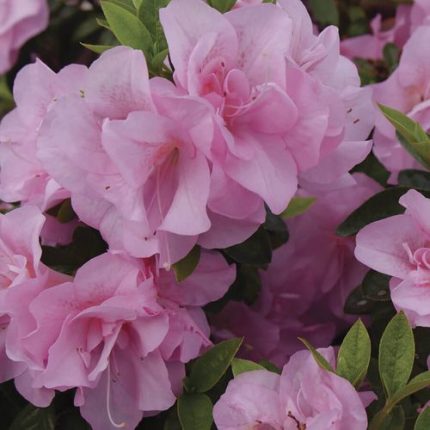

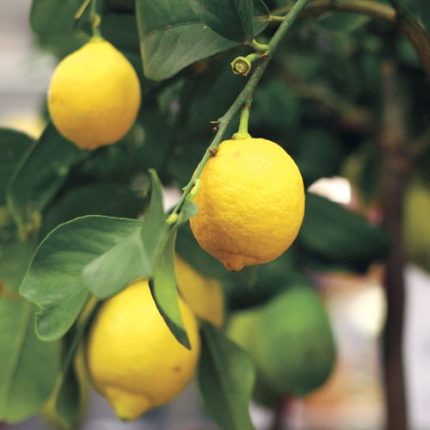
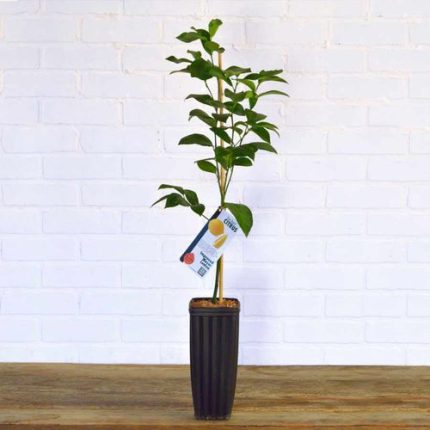
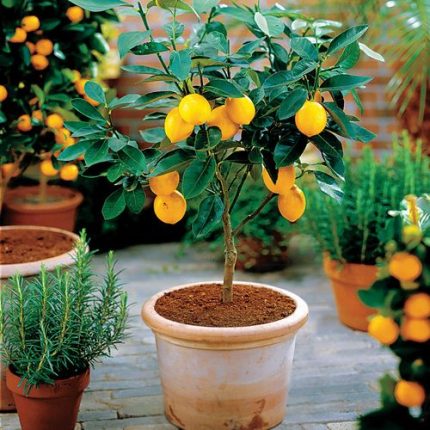
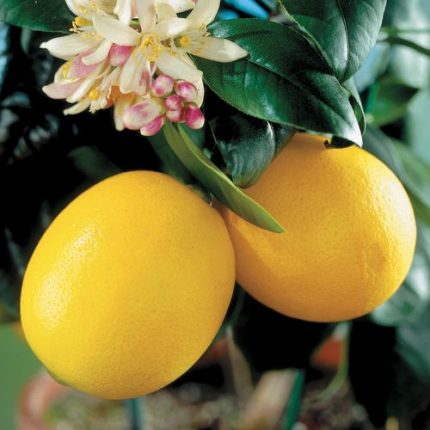
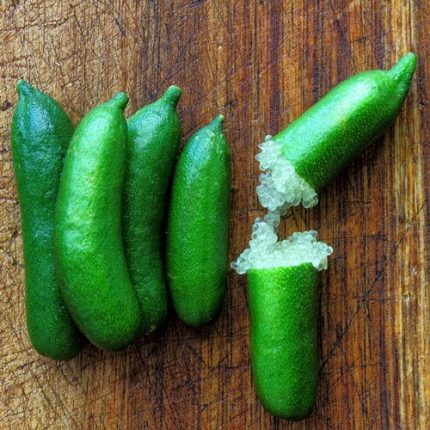
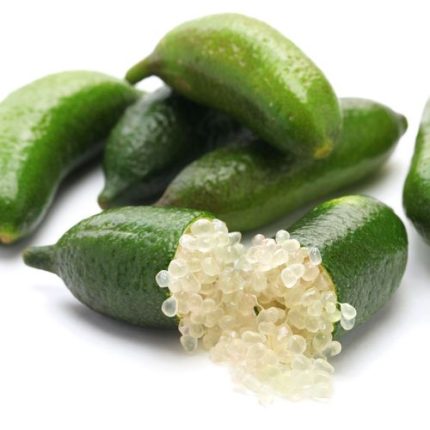
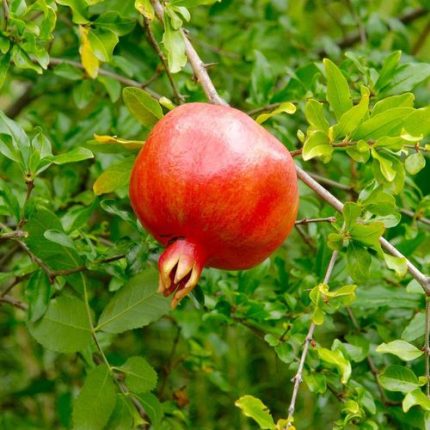
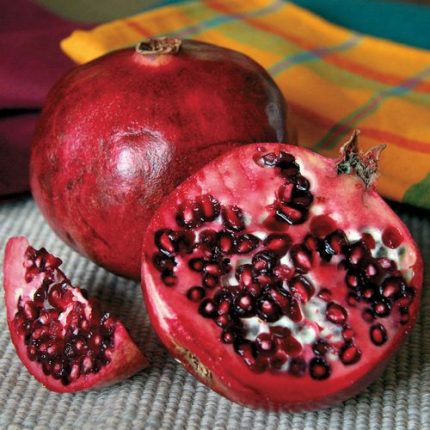
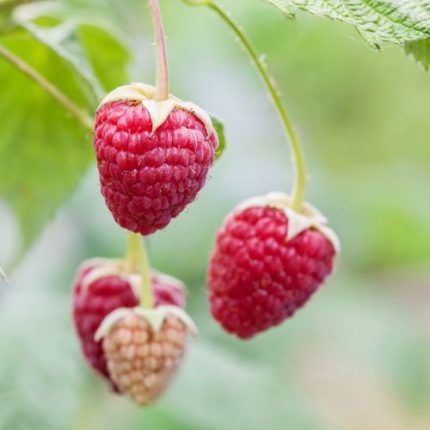
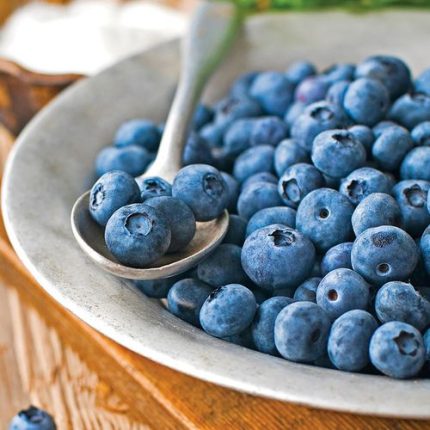
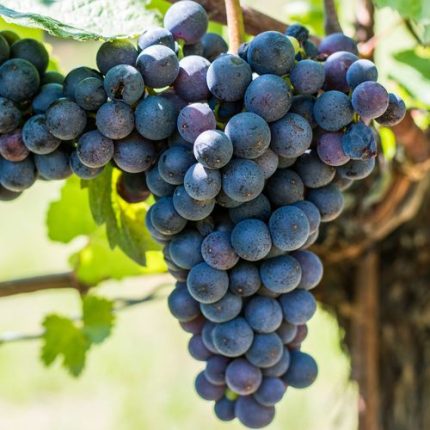
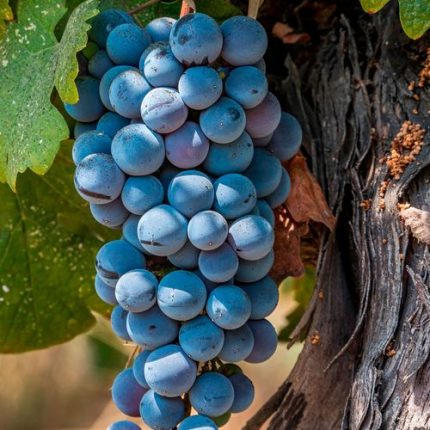
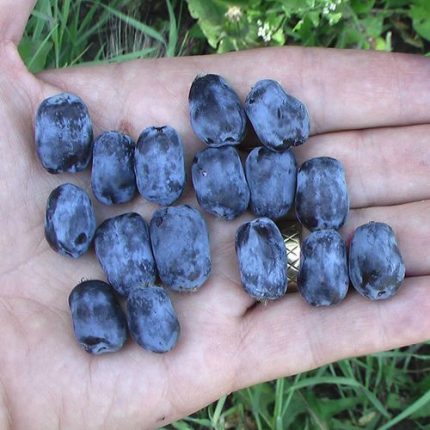
Reviews
There are no reviews yet.